What is Sports Taping and What does it used for?
Sports Taping is a strong but flexible cloth material used to reduce pain and keep swelling down on joints, especially ankles and wrists. It was usually chosen by medical staffs, coaches, athletes and so on. Medical professionals apply a sports bandage for injuries to the joints, such as the fingers, wrists, knees, and ankles. For cuts or gashes, trainers place a traditional bandage over the wound and then secure it with athletic tape. Athletes and others may also use a sports bandage for injury prevention as well as rehabilitation.
When often talking about “taping” decades ago, many people mean the conventional white non-elastic sport tape. It is usually used to immobilize plasters and other treating issues when someone get sprained or other condition.
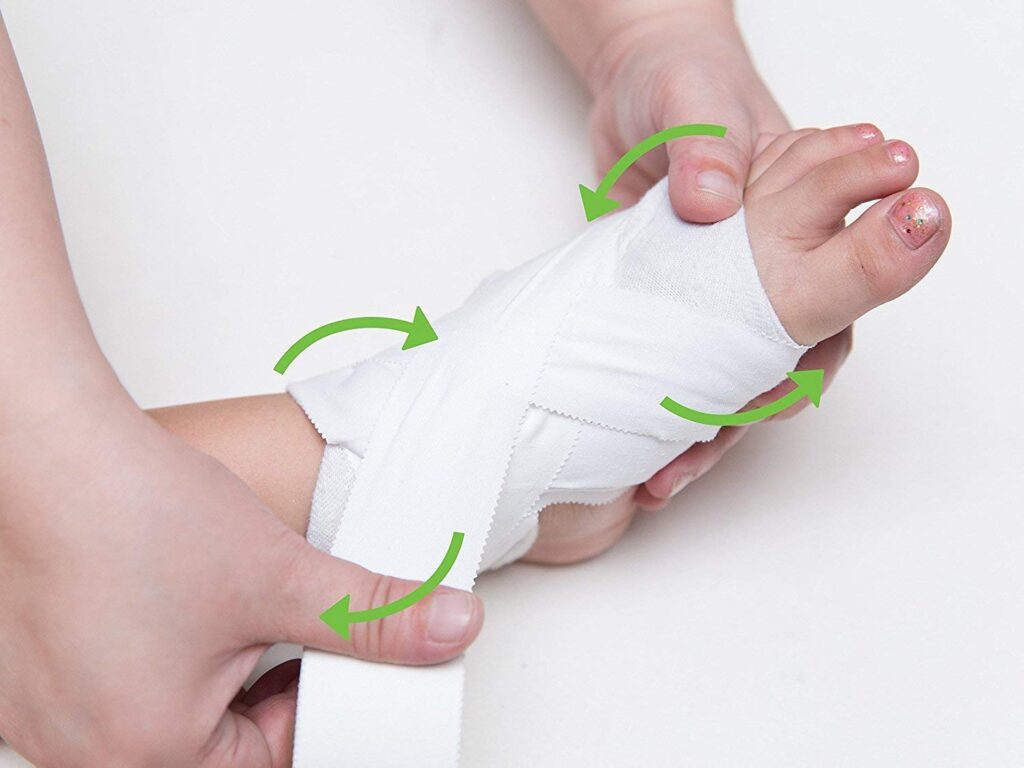
For example, when you apply it when you participating in a sport game, it will secure your ankles during the race or so called achieve a “limitation” of joints. But this kind of rigid sport tape should be removed once the match ends in order to avoid circulation problems.
What is the benefit and weakness of Sports Taping
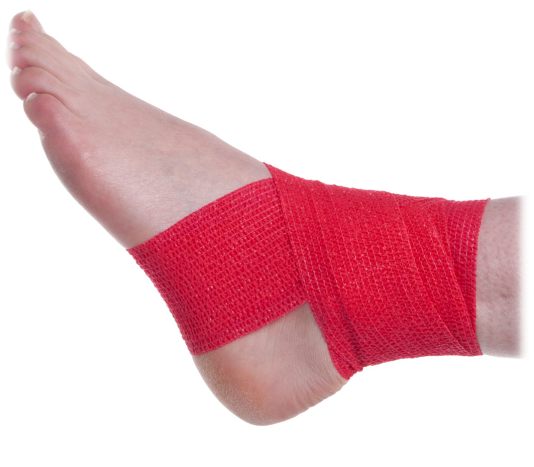
It was since 2020, this kind of bandage was gradually being replaced by elastic bandages. It’s very extensive and increases mobility through function improvement. And full functionality of the muscles is retained.From track stars and NBA players to those just beginning their fitness journey, the benefits of athletic tape can help any exerciser improve their workout and, more importantly, stay injury free. Here are some of the different types of athletic tape and how they might help you.
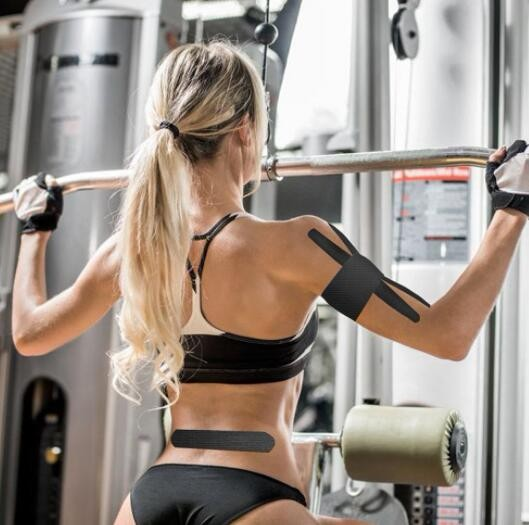
- Preventing Injury
Its popularity skyrocketed after the 2008 Beijing Olympics when most of the athletes were seen wearing the colorful material on their skin while competing. What makes this athletic tape important is that it is used during exercise preparation in an effort to slightly lift the skin, leaving enough room between the skin and muscles to increase blood flow and lymphatic drainage. Essentially, the increased flow can help prevent muscle cramps, spasms, and other common athletic injuries
- Rehabilitation
By helping to increase blood flow in the injured area, athletic tape decreases swelling which alleviates pain. The elasticity of the athletic tape can also serve as support for the affected muscles. It naturally goes back to its original position, which takes some of the workload off of the athlete’s muscle.
- Chronic Issues
Using athletic tape on the back and neck has also been used to alleviate headaches and migraines by helping improve a person’s posture and allowing easier blood flow in the neck and back.It can also be used to help with other conditions such as carpal tunnel and tendonitis, which goes to show that you do not necessarily need to be an athlete to appreciate the importance, usefulness and capabilities of athletic tape.
Though it was an easy-to -use product, when you applying them wrongly, it will also be potential harms to you.
- Incorrect athletic taping may lead to blistering or future injuries.
- After activity and motion begins, the stiffness of the tape reduces.
- Physiological dependency on using tape.
- Expensive, especially when it is needed frequently.
Differences between different types of bandages
Bandages can be divided into several types by whether it’s thin stretchy, cotton made, adhesive and others features.
1.Elastic/Non-Elastic Bandages

Compared with non-elastic bandages, elastic bandages can also immobilize our joints while we can keep mobilization as usual.
2.Self-adhesive/One-side adhesive/Non-adhesive Bandages
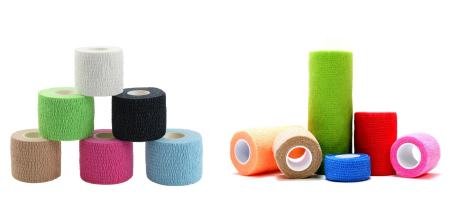
When you are using self-adhesive bandages, you don’t need consider it a suffer when you plan to take it off from your skin. Because it’s only stick to itself and don’t stick to your hair and skin. But when you’re using non-adhesive bandages, you still need extra items to immobilize it.
3.High elastic/Low elastic Bandages
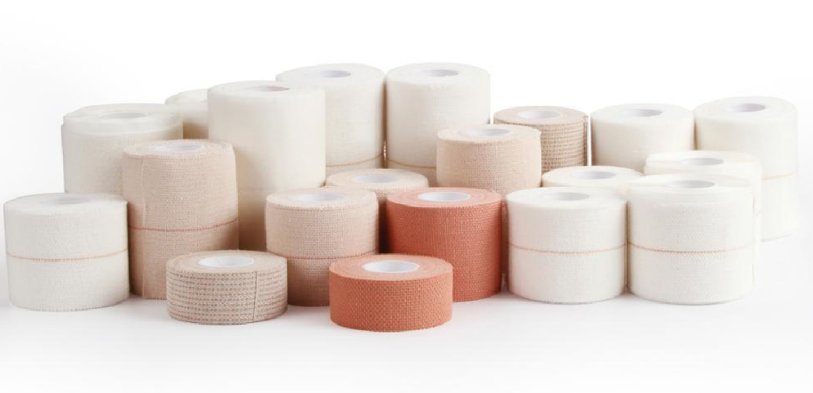
A middle line on fabric helps you to roll your tissues in an average thickness. I t’s more adhesive than usual one that allows you to do more strenuous exercise and offer more wrapping to boost recovery.


